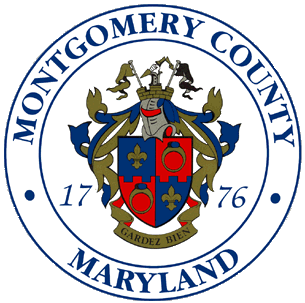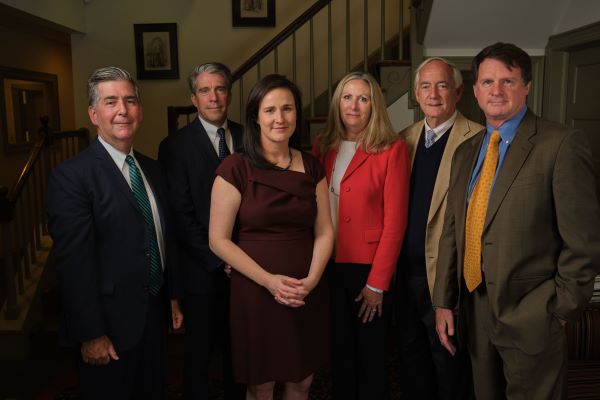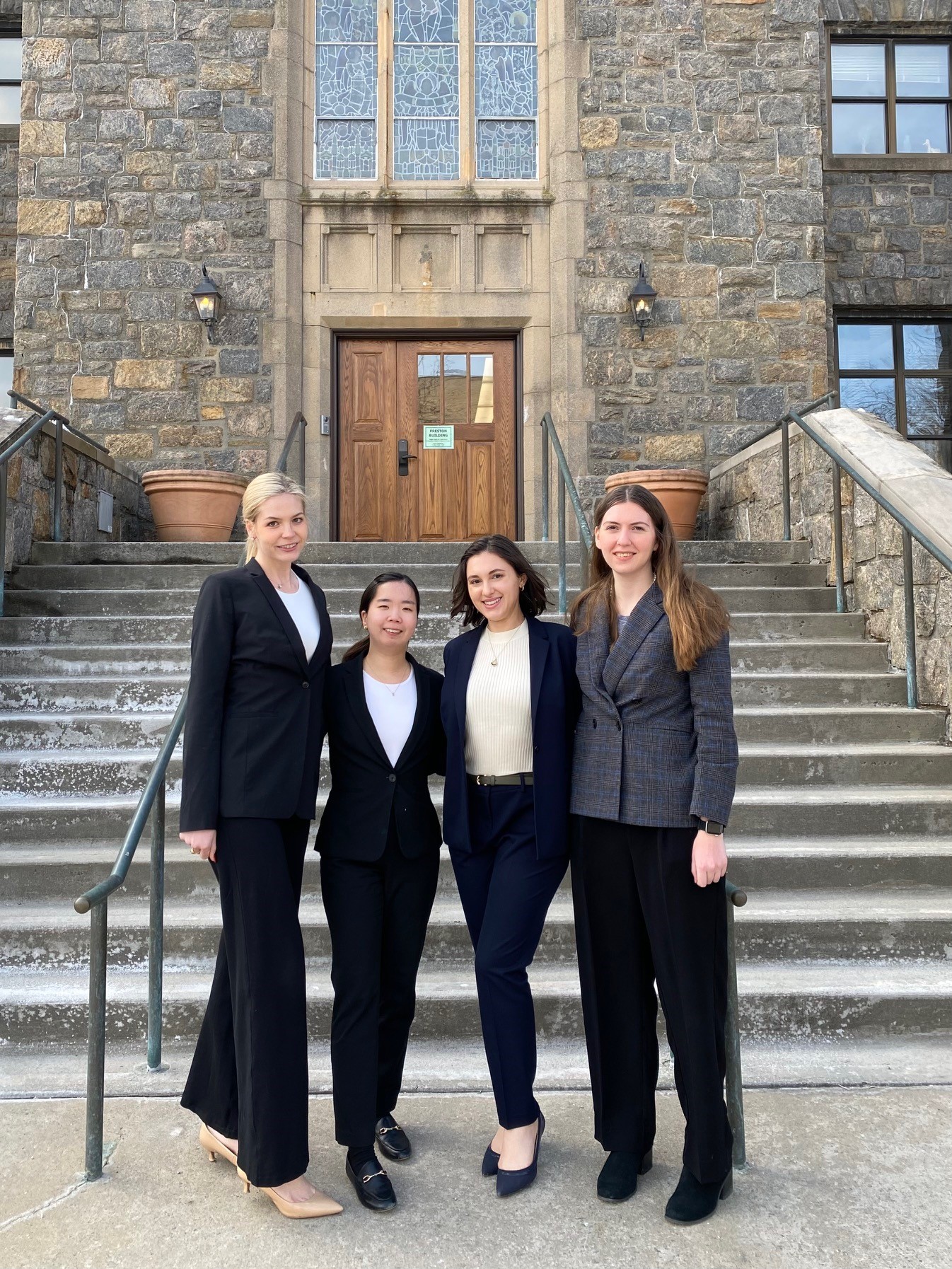 As we all have now come to accept, there is a new Zoning Ordinance in town and it’s going into effect soon. The Montgomery County Council adopted a comprehensive rewrite of the County’s zoning law that will become effective on October 30, 2014. A comprehensive remapping of properties in the County to make zoning of land consistent with the zones created by the new Ordinance was also approved by the Council in District Map Amendment G-956 this past summer that will go into effect on the same date.
As we all have now come to accept, there is a new Zoning Ordinance in town and it’s going into effect soon. The Montgomery County Council adopted a comprehensive rewrite of the County’s zoning law that will become effective on October 30, 2014. A comprehensive remapping of properties in the County to make zoning of land consistent with the zones created by the new Ordinance was also approved by the Council in District Map Amendment G-956 this past summer that will go into effect on the same date.
A More Agile Zoning Scheme for a Growing County
The Zoning Ordinance rewrite, most notably, eliminated the commercial, office and industrial zones that many property owners had become accustomed to over the years and replaced them with new “equivalent” zones, but left intact, for the most part, the previous residential and agricultural zones. The rewrite, however, also included “carry-over” provisions that may limit a development’s ability to deviate from the previous Ordinance’s green area, height and setback requirements, among other things, regardless of what might otherwise be allowed under its new zoning classification. It also includes grandfathering provisions that allow existing developments the ability to file for amendments under the previous ordinance until October 30, 2039 under certain circumstances. The end result – development in the County will be governed by two separate Ordinances – at least for the foreseeable future.
Despite the potential complexities of having to grapple with two Ordinances, the rewrite embodies an effort on the part of the Council to create a more agile zoning scheme that can better meet the needs of a growing County in a sustainable manner by focusing growth in areas with existing transit infrastructure. What became clear during the rewrite effort, however, was that while updating the Zoning Ordinance may help, the County’s ability to ultimately achieve its laudable goal will depend more than ever on effective community and transportation planning.
New Master Plans for Growing Montgomery County Neighborhoods
To that end, the County is in the process of adopting new master plans for its most notable neighborhoods; in particular, those that have recently been the focus of significant real estate investment interest and growth, such as White Oak, downtown Bethesda and Westbard. These master plans are relying on the newly adopted zoning regulations and are recommending approaches to increase incentives for developers and landowners to redevelop surface parking lots, outdated buildings, or otherwise underutilized sites. The County is also working to provide additional transit infrastructure to support increased density in certain locations, ease traffic congestion across the County, and provide more multi-family housing stock in addition to its established suburban and agricultural land patterns. In particular, the County has taken significant steps to move forward with plans to implement a County bus rapid transit (BRT) system and have begun the process of forming citizen advisory groups to study potential alignments in areas such as the Olney-Georgia Avenue Corridor.
Miller, Miller & Canby has represented landowners and businesses in master planning and land development processes for more than 65 years. Anyone interested in seeking specific guidance on how the new Zoning Ordinance affects a particular property or how to get involved in the County’s master planning process is encouraged to contact the firm’s Land Use Practice Group for additional information.







Share this Article: